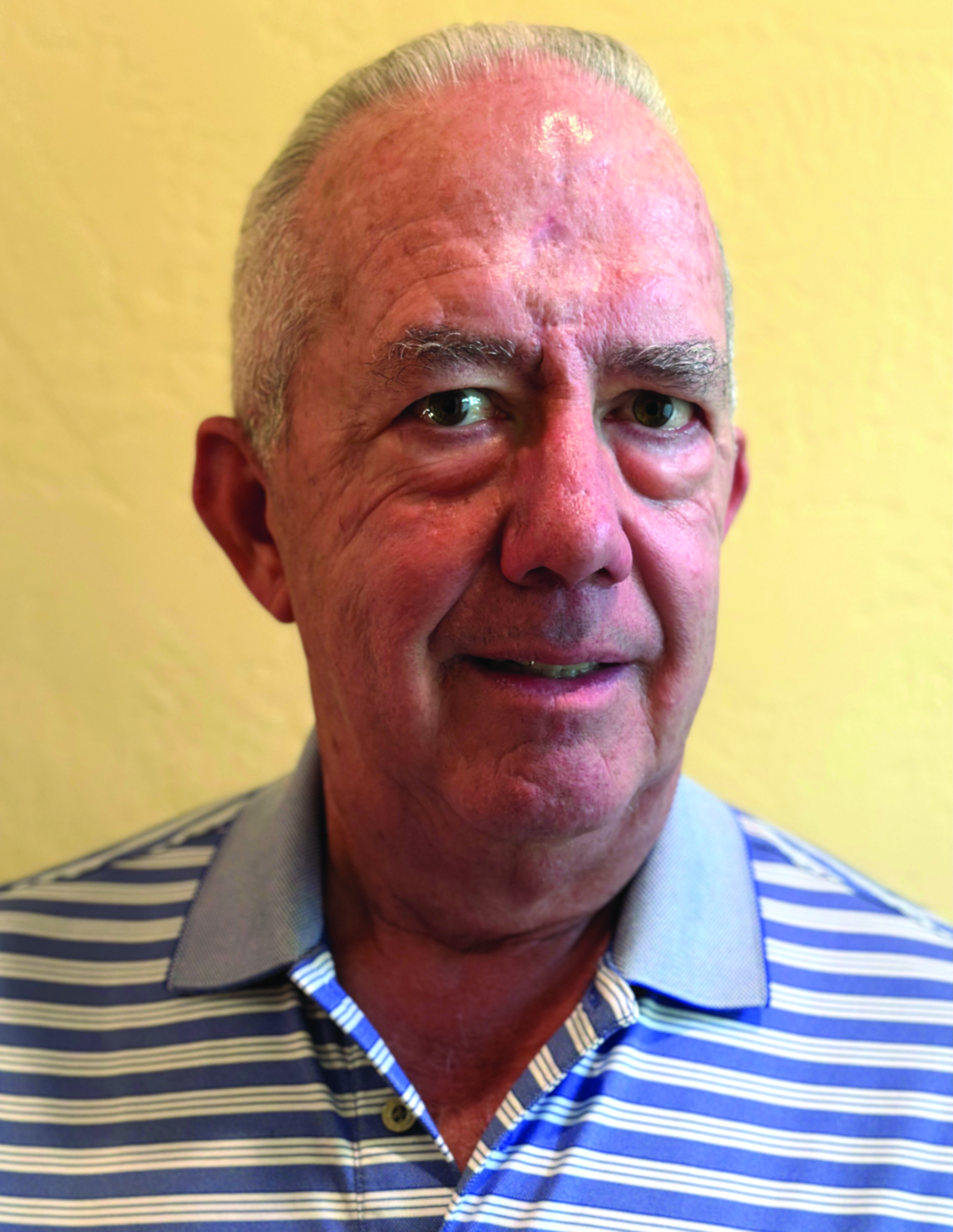The 15,672 square foot two-story Class A office property on Prototype Drive in Reno is being marketed by CBRE with an asking price of $3.85 million. The building was constructed in 2005.
Transaction volume for investment properties in Northern Nevada is in the doldrums, a recent trend that’s not expected to change anytime soon.
According to CBRE, transaction volume for regional investment properties in the second quarter was down 64 percent from year-earlier figures, which mirrors national trends, said Aiman Noursoultanova, senior vice president of investments with the Reno office of CBRE.
The high cost of equity capital, along with rising interest rates on commercial mortgages, has stifled deal volume, Noursoultanova told the NNBW last week.
 Aiman Noursoultanova
Aiman Noursoultanova
“The cost and availability of financing for traditional commercial investment real estate has always been Wall Street — which is commercial mortgage-backed securities — and regional and national banks,” she said. “With financing tightening, availability has dropped quite a lot, and rates continue to rise. Those are the biggest pressure points for an investor's ability to purchase commercial real estate.”
Sales activity for all types of commercial real estate in Northern Nevada in the second quarter of 2023 was $88 million, down from $126 million in the first three months of the year. Notable sales included:
• 295 Lillard Drive. ACCO Engineered Systems purchased the 75,300 square-foot industrial property in Sparks for $12 million.
• 5400 Meadowood Mall Circle. Ethan Conrad Properties purchased this 156,929 square-foot retail property for $7.6 million.
• 1955 Timber Way. Jai Xiao Fei purchased this 48,000 square-foot industrial building in Reno for $6.6 million.
• 4600 Snyder Avenue. Red Vistas Development purchased this 45,909 square-foot retail center in Carson City for $5 million.
• 1777 Peru Drive. United Realty Rentals purchased this 20,000 square-foot industrial building at Tahoe Reno Industrial Center for $5 million.
Many buyers of regional investment properties hail from California and are seeking replacement assets in Northern Nevada to complete their 1031 exchanges, Noursoultanova said. Oftentimes, deals are all-cash transactions, she added.
“Buyers aren’t able to line up favorable financing terms for acquisitions, so many deals being done are all-cash deals — and there’s only so many of those,” Noursoultanova said. “What’s happening is that investors are purchasing one asset that meets their exchange requirements in an all-cash deal versus financing and buying three properties. That’s what’s been happening over the last 12 months, and that’s what’s affecting transaction volume.”
 Matt DeRicco
Matt DeRicco
Large multifamily properties in Northern Nevada have long been highly desired acquisition targets. Oftentimes, institutional investors can tap into federal financing from Freddie Mac and Fannie Mae for those properties, Noursoultanova added. For smaller assets, however, investors typically turn to regional banks and credit unions for acquisition financing — and the spigot has all but dried up.
“They have tightened up their financing, or it’s become really expensive,” Noursoultanova said. “If you are a seller with a loan that’s at 2 or 3 percent, and you look at pricing that’s almost double, you will reconsider and wait for the cycle of Fed tightening to be completed before revisiting.
“Unless there is a life event or a business reason for a sale, most people are electing to hold off until the market stabilizes and rates go down.”
The cycle that has would-be sellers holding off isn’t expected to change over the next few quarters, said Matt DeRicco, senior adviser for investments at Dickson Commercial Group. The spread added to federal interest rates by financial institutions for lending capital means buyers won’t be taking a look at Northern Nevada anytime soon — DeRicco said the current cycle could last between six and 24 months.
“When you have Fed fund rates in the low 5s (percent), and debt is in the high 6s to low 7s, investment sales aren’t going to transact,” DeRicco said. “Negative leverage makes it tough to justify buying an investment property in Northern Nevada.
 Floyd Rowley
Floyd Rowley“We expect transaction volume to remain low until the disconnect between sellers’ and buyers’ expectations changes,” he added. “We don’t expect the sales average to come up until sellers are a little more realistic with pricing expectations, or interest rates come down. A lot of sellers have put their pencils down and are just waiting for everything to settle down on the investment side.”
CBRE’s Noursoultanova agrees that the bottleneck will remain in place over the next two quarters at a minimum.
“We are so interest-rate dependent, and the availability of financing is so important,” she said. “Once there is progress and clearer direction, that will create more momentum. There is so much capital on the sidelines that wants to invest.”
Another factor pressuring sales volume is higher expectations on returns from institutional investors, said Floyd Rowley, founding broker with Rowley Real Estate Advisors. Rowley told NNBW that many institutional investors have raised return thresholds from 5 to 6 percent.
“If you have an $80 million apartment deal, and you add 1 percent to the cost, that’s another $800,000 required to make the deal happen that wasn’t there a year ago,” Rowley said. “Just as interest rates have increased, threshold yields for institutional investors have also increased.
“Combine that line item with inflationary cost increases in labor and materials, and it causes a significant reevaluation of the viability of building from scratch. It also impacts the ability of investors to purchase properties. The combination has led to a drastic reduction in the volume of transactions in our market.”
Until the Federal Reserve signals that it won’t issue any further interest rate raises, the stalemate will continue, Rowley added. The Federal Open Market Committee in July raised interest rates a quarter point to 5.25 to 5.5 percent, and the threat of additional rate hikes remains on the table for the committee’s next three meetings from September through December.
“The market is basically frozen,” Rowley said.